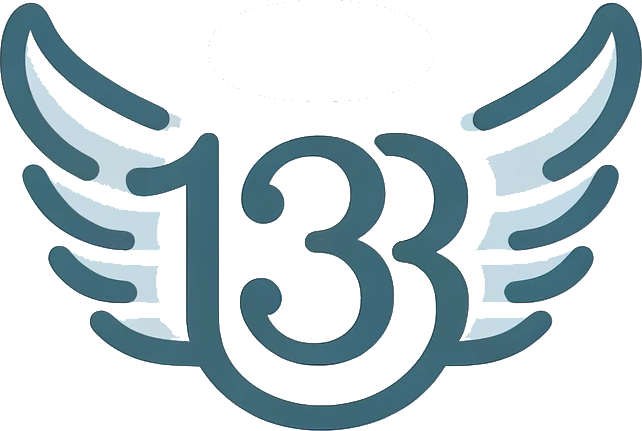When it comes to vision correction, the concept of diopters plays a crucial role. Whether you wear glasses or contact lenses, or you are simply curious about how vision is corrected, understanding diopters is key to comprehending your eye prescription and the lenses you use. In this article, we will delve into what a diopter represents in terms of lens power, how it relates to vision correction, and how it is measured.
What is a Diopter?
A diopter (also spelled as dioptre) is a unit of measurement that denotes the refractive power of a lens. It quantifies how strongly a lens converges or diverges light. In simple terms, a diopter indicates the amount of focusing power a lens provides.
Diopters and Vision Correction
In the context of vision correction, diopters are used to measure refractive errors such as myopia (nearsightedness), hyperopia (farsightedness), and astigmatism. Your eye prescription, usually written by an optometrist or ophthalmologist, includes values in diopters to specify the lens power needed to correct your vision.
-
Nearsightedness (Myopia): If you have difficulty seeing objects at a distance, your prescription will have a negative value in diopters. The higher the negative number, the stronger the concave (diverging) lenses needed to correct your vision.
-
Farsightedness (Hyperopia): Those who struggle with close-up vision have positive diopter values in their prescriptions. Positive values indicate the need for convex (converging) lenses to focus light properly on the retina.
-
Astigmatism: When the cornea or lens of the eye has an irregular shape, causing blurred or distorted vision, astigmatism is present. This condition is measured in diopters and may require cylindrical lenses to correct the vision.
How is Diopter Power Measured?
The power of a lens in diopters is calculated based on its focal length. The formula to convert focal length (in meters) to diopters is simply the reciprocal of the focal length:
Diopters = 1 / Focal Length (in meters)
For instance, a lens with a focal length of 1 meter would have a power of 1 diopter (+1 D). Similarly, a lens with a focal length of 0.5 meters would have a power of 2 diopters (+2 D).
Relationship Between Diopters and Visual Acuity
Visual acuity, commonly referred to as 20/20 vision, is a measure of how well one can see compared to the standard. The 20/20 designation means that a person can see at 20 feet what a person with normal vision can see at 20 feet.
-
If you have 20/40 vision, it means that you need to be as close as 20 feet to see what a person with normal vision can see at 40 feet.
-
Conversely, if you have 20/15 vision, you can see at 20 feet what a person with normal vision would need to be at 15 feet to see clearly.
The relationship between diopters and visual acuity is direct. A lens with a power of +1 diopter would be needed to correct 1 diopter of refractive error, thus improving visual acuity.
Exceeding Lens Power in Diopters
In some cases, such as high myopia, high hyperopia, or significant astigmatism, individuals may require lenses with power beyond the standard range. For these individuals, lenses with higher diopter values are prescribed to achieve the necessary vision correction.
Common Misconceptions about Diopters
-
More Diopters Mean Stronger Prescription: While this is generally true, it’s essential to consider the type of refractive error when interpreting diopter values. A person with -4 diopters for myopia may require stronger correction than someone with -1 diopter due to the severity of their visual impairment.
-
Diopters Determine Lens Thickness: While diopters do influence lens thickness, other factors such as lens material, frame size, and personal aesthetics also play significant roles in determining the final lens thickness.
Frequently Asked Questions (FAQs) on Diopters:
- What does a negative or positive diopter value mean in an eye prescription?
-
A negative value indicates myopia (nearsightedness), while a positive value signifies hyperopia (farsightedness).
-
Can astigmatism be measured in diopters?
-
Yes, astigmatism is measured in diopters and often requires cylindrical lenses for correction.
-
Is it possible for someone to have zero diopters in their eye prescription?
-
Yes, individuals with no refractive error have a diopter value of 0, commonly referred to as emmetropia.
-
Do presbyopia prescriptions use diopters as well?
-
Yes, presbyopia prescriptions, which occur with age-related changes in the eye’s lens flexibility, are also measured in diopters.
-
Can the diopter value of lenses change over time?
- Yes, as our eyes age or due to certain eye conditions, the diopter value needed for vision correction may change, requiring periodic updates to the prescription.
By understanding the concept of diopters, their relevance to vision correction, and how they are measured, you can gain valuable insights into your eye health and the lenses you use for optimal vision. Consult with your eye care professional for a comprehensive eye examination and accurate prescription tailored to your specific visual needs.

